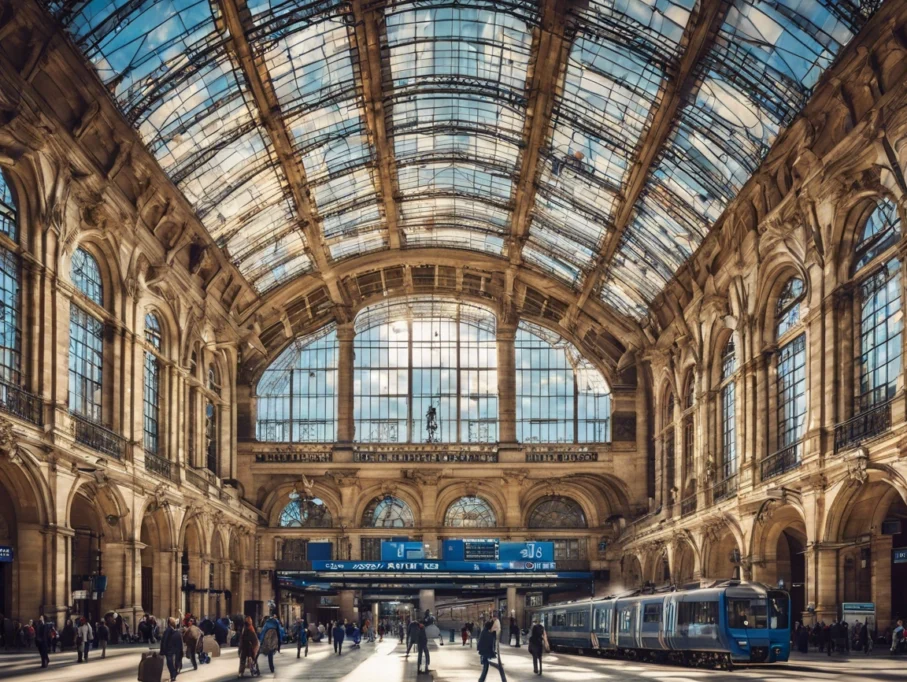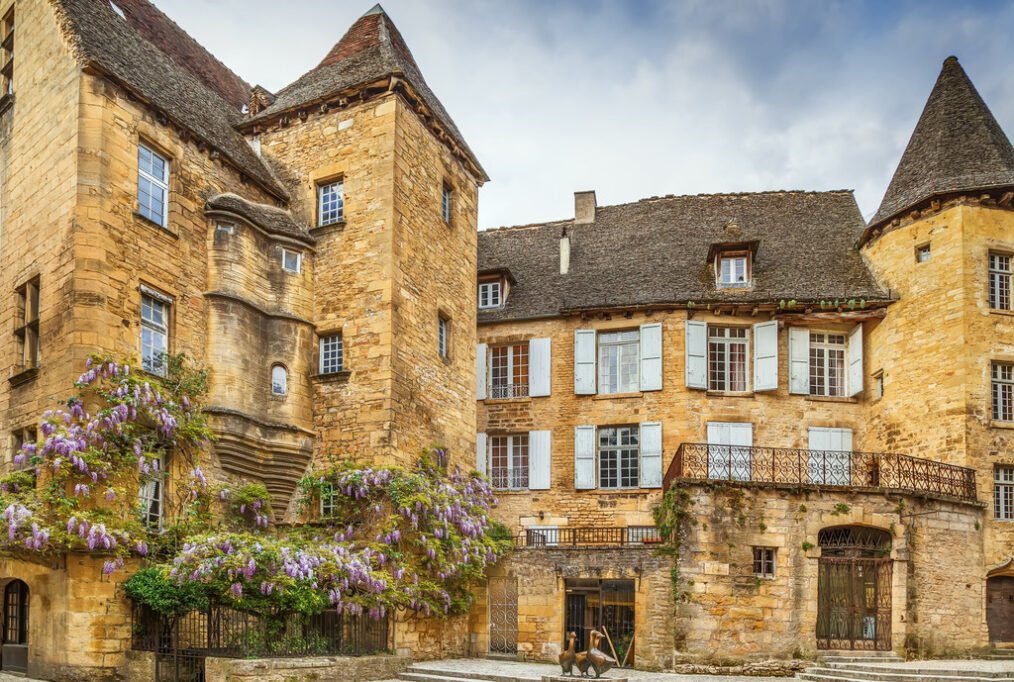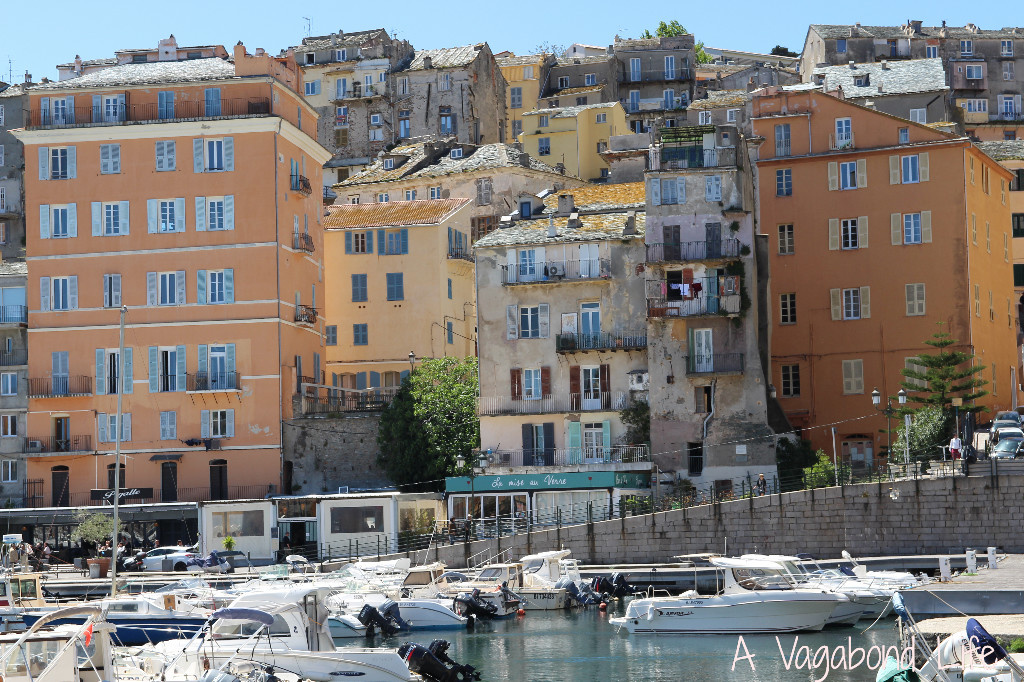FRANCE
TRAVEL GUIDE
HOW TO TRAVEL TO FRANCE
Discover France: a land of timeless beauty, from the romantic streets of Paris to the sunlit vineyards of Bordeaux and the stunning Riviera. Explore its rich history, indulge in exquisite cuisine, and soak up the picturesque landscapes. France awaits to enchant you with its cultural and scenic splendors.
France Itineraries
How To Travel To Paris
The Best Places To Visit In France
The Best Cities To Visit In France
A Travellers Guide To French Wine Regions
Need to Know
Why Travel to France
Tip: France offers iconic landmarks, world-class cuisine, and diverse landscapes.
Why: From Paris’ Eiffel Tower to Nice’s Riviera beaches, France blends art, history, and gastronomy with timeless charm.
How: Explore museums and chateaux (€5–20), enjoy local cuisine (€5–15), and book tours via Viator (€20–60) for guided experiences.
Do I Need a Visa
Tip: EU, US, and many nationalities get 90-day visa-free entry (Schengen). Others may need a visa (€60–80). Check requirements in advance.
Why: Ensures smooth entry and compliance with Schengen immigration rules.
How: Check via French embassy websites (€0). Carry digital passport copies on Google Drive (€0). Have proof of accommodation ready.
What is the Currency of France
Tip: The currency is Euro (€). Budget travelers spend €50–100/day ($50–100).
Why: Euros are used for most transactions; cards are widely accepted across the country.
How: Exchange at banks (€0) or use ATMs (€1–3 fee). Carry small Euro notes (€5–20). Use Revolut (€0 fees) for better rates.
Is France Cheap to Visit
Tip: France can be affordable, with meals (€5–15), hostels (€20–50/night), and transport (€2–15) at moderate costs outside Paris.
Why: Budget-friendly options in smaller cities and rural areas suit cost-conscious travelers.
How: Stay in hostels (€20–50). Eat at local bistros (€5–10). Book via Booking.com (€0) for deals.
Can I Drink the Tap Water
Tip: Tap water is safe across France, but bottled water (€0.50–2) is common in restaurants.
Why: High-quality tap water ensures safety, but cultural norms favor bottled water in dining settings.
How: Carry a reusable bottle (€5–15) for tap water. Buy bottled water from shops (€0.50–2) if preferred. Check seals on bottles.
Can I Buy a SIM Card
Tip: Purchase a local SIM card for data and calls (€10–25).
Why: Affordable data plans ensure connectivity for navigation and communication.
How: Buy SIMs at airports or shops (€10–25). Top up via mobile apps (€0). Choose providers like Orange or SFR.
Enchanting France Travel Guide: Your Gateway to Unforgettable Adventures
Welcome to the Enchanting France Travel Guide, your essential companion for exploring a European gem. France captivates with its iconic landmarks, world-renowned cuisine, and diverse landscapes, from Paris’ romantic streets to the lavender fields of Provence. This guide covers eight top destinations, cultural experiences, and practical tips to ensure a seamless and unforgettable journey. Whether you’re marveling at Mont Saint-Michel or sipping wine in Bordeaux, let this guide inspire your French adventure.
How to Get to France
Travel Options
Tip: Fly into Paris (CDG, ORY) or Nice (NCE) (€600–1500 from North America, €50–200 from Europe). Trains connect from the UK or Italy (€30–100).
Why: Paris is the main gateway, with high-speed trains and flights to regional hubs.
How: Compare flights on Skyscanner (€0). Take trains from London (€50–100) or Milan (€30–80). Use trains (€10–50) or buses (€5–20) within France.
Best Time to Visit France
Optimal Seasons
Tip: Visit in spring (April–June) or autumn (September–October) for mild weather (15–25°C). Summer (July–August) is warm (25–30°C), ideal for Riviera beaches. Winter (December–February) suits skiing (0–10°C).
Why: Spring and autumn offer pleasant weather and fewer crowds; summer is best for coastal areas.
How: Book accommodations early for summer (€30–150/night). Pack versatile clothing and sunscreen. Check forecasts via MeteoFrance (€0).
Top Destinations in France
Paris
Tip: Visit the Eiffel Tower (€10–25), explore the Louvre (€17–20), and stroll Montmartre (€0). Take a Seine River cruise (€15–25) or try croissants (€1–3).
Why: Paris, France’s romantic capital, is a cultural icon with landmarks like the Eiffel Tower and Louvre’s Mona Lisa. Montmartre’s bohemian charm and the Seine’s scenic banks offer a blend of art, history, and Parisian flair.
How: Use Paris’ metro (€1.90–2). Book Louvre tickets online (€0 fees) or tours via Viator (€20–50). Wear comfortable shoes for walking, try crepes at Saint-Germain (€3–7), and visit in spring for blooming gardens.
Nice
Tip: Stroll the Promenade des Anglais (€0), visit Old Nice (€0), and explore the Matisse Museum (€10). Relax on Nice Beach (€0) or try socca (€2–5).
Why: Nice, the heart of the French Riviera, offers Mediterranean charm with its vibrant Old Town and azure beaches. The Matisse Museum celebrates the artist’s legacy, while the Promenade des Anglais provides stunning coastal views and lively cafes.
How: Take trains from Paris (€50–100, 6 hours). Stay in guesthouses (€30–100/night). Book tours via GetYourGuide (€15–40), pack sunscreen for beach days, and visit in summer for vibrant Riviera vibes.
Bordeaux
Tip: Visit Place de la Bourse (€0), explore the Wine Museum (€10–15), and take a vineyard tour (€20–50). Try canelés (€1–3) or stroll the Garonne River (€0).
Why: Bordeaux, a wine lover’s paradise, boasts elegant 18th-century architecture and world-famous vineyards. Place de la Bourse’s mirror fountain and the Wine Museum highlight its rich viticultural and cultural heritage.
How: Take trains from Paris (€40–80, 2 hours). Stay in hotels (€40–120/night). Book wine tours via Klook (€20–50), try entrecôte at local bistros (€8–15), and visit in autumn for grape harvest season.
Lyon
Tip: Explore Vieux Lyon (€0), visit the Roman Amphitheatre (€4–8), and stroll Parc de la Tête d’Or (€0). Try quenelles (€5–10) or join a food tour (€20–40).
Why: Lyon, France’s gastronomic capital, blends Renaissance charm in Vieux Lyon with Roman history. The Parc de la Tête d’Or offers serene green spaces, while Lyon’s bouchons serve world-class cuisine in a UNESCO-listed setting.
How: Take trains from Paris (€30–70, 2 hours). Stay in guesthouses (€30–80/night). Book tours via Viator (€15–40), wear comfortable shoes for cobblestones, and visit in December for the Fête des Lumières (€0–10).
Strasbourg
Tip: Visit Strasbourg Cathedral (€5–8), stroll La Petite France (€0), and explore the European Parliament (€0). Take a boat tour (€10–15) or try tarte flambée (€5–10).
Why: Strasbourg, a blend of French and German cultures, boasts a UNESCO-listed Old Town with half-timbered houses in La Petite France. The Gothic cathedral and European Parliament highlight its historical and political significance.
How: Take trains from Paris (€40–80, 2 hours). Stay in hotels (€40–100/night). Book tours via GetYourGuide (€10–30), try choucroute at local brasseries (€8–15), and visit in winter for the Christmas market (€0–10).
Marseille
Tip: Visit the Vieux Port (€0), explore Notre-Dame de la Garde (€0–5), and take a boat to Calanques (€20–40). Try bouillabaisse (€10–20) or stroll Le Panier (€0).
Why: Marseille, a vibrant Mediterranean port, offers a mix of gritty charm and natural beauty. The Vieux Port buzzes with life, while the Calanques’ turquoise waters and Notre-Dame de la Garde’s panoramic views showcase Provence’s allure.
How: Take trains from Paris (€50–100, 3 hours). Stay in guesthouses (€30–80/night). Book boat tours via Klook (€20–40), pack sunscreen for coastal hikes, and visit in summer for beach weather.
Toulouse
Tip: Visit Place du Capitole (€0), explore the Cité de l’Espace (€15–25), and stroll the Garonne River (€0). Try cassoulet (€8–15) or join a city tour (€10–30).
Why: Toulouse, the “Pink City,” is known for its rose-colored buildings and aerospace heritage. Place du Capitole is a lively hub, while Cité de l’Espace offers interactive space exhibits, blending culture with modern innovation.
How: Take trains from Paris (€40–80, 4 hours). Stay in hotels (€40–100/night). Book tours via Viator (€10–30), wear comfortable shoes for walking, and visit in spring for blooming parks.
Mont Saint-Michel
Tip: Visit Mont Saint-Michel Abbey (€10–15), explore the medieval village (€0), and walk the bay at low tide (€0–10). Try local omelettes (€8–15) or join a guided tour (€15–30).
Why: Mont Saint-Michel, a UNESCO-listed island fortress, rises dramatically from the sea, blending medieval architecture with mystical charm. Its abbey and winding streets offer a unique glimpse into France’s historical and spiritual past.
How: Take buses from Rennes (€10–20, 1 hour). Stay in guesthouses (€40–100/night). Book tours via GetYourGuide (€15–30), check tide schedules (€0), and visit in autumn for fewer crowds.
Cultural Experiences and Tips
French Cuisine
Tip: Try croissants (€1–3), coq au vin (€8–15), or macarons (€1–3) at local bistros. Sip Bordeaux wine (€3–8).
Why: France’s world-renowned cuisine blends fresh ingredients with refined techniques, reflecting its gastronomic heritage.
How: Dine at Lyon’s bouchons or Paris’ bistros. Book cooking classes via Viator (€30–60). Pair with local cheese (€3–8).
Cultural Festivals and Crafts
Tip: Attend the Cannes Film Festival (May, €0–50) or visit pottery workshops in Provence (€10–20).
Why: Festivals and crafts showcase France’s artistic and cultural legacy.
How: Check schedules on France.fr (€0). Book cultural tours via GetYourGuide (€15–40). Bargain respectfully at markets.
Music and Dance
Tip: Enjoy classical concerts in Paris (€10–50) or folk dances at Brittany festivals (€0–20).
Why: France’s music and dance reflect its diverse regional traditions.
How: Book tickets via Fnac.com (€0). Visit venues like Paris’ Opéra Garnier. Dress smartly for performances.
Practical Tips for Traveling in France
Visa and Documentation
Tip: Ensure your passport is valid for 6 months. Many nationalities get 90-day visa-free entry (Schengen); others need a visa (€60–80).
Why: Simplifies entry and ensures compliance with Schengen rules.
How: Check via French embassy websites (€0). Carry digital copies on Google Drive (€0). Have proof of accommodation ready.
Currency and Payments
Tip: Use Euros (€50–100/day). Cards are widely accepted; cash is useful for small vendors and rural areas.
Why: Small bistros and markets often prefer cash payments.
How: Use ATMs in Paris (€1–3 fee). Carry small Euro notes (€5–20). Use Revolut (€0 fees) for better rates.
Language and Communication
Tip: Learn phrases like “bonjour” (hello) or “merci” (thank you). English is common in tourist areas but limited elsewhere.
Why: Basic French enhances interactions and shows respect.
How: Use Google Translate (€0) for offline use. Purchase a local SIM card (€10–25) for data.
Safety and Dangers in France
Tip: France is safe, but beware of pickpocketing in Paris’ metro or Nice’s tourist areas. Be cautious on coastal trails.
Why: Low crime rates, but tourist areas and trails require vigilance.
How: Use a money belt (€10–20). Check travel advisories (US State Department, €0). Stay hydrated on hikes (€0.50–2).
More Safety Tips for EuropeAccommodation Options
Tip: Choose hotels in Paris (€50–150/night), hostels in Lyon (€20–50/night), or guesthouses in Nice (€30–100/night).
Why: Diverse options suit budgets, from city hotels to coastal villas.
How: Book via Booking.com or Airbnb (€0). Opt for central or scenic locations. Check reviews for authenticity.
Transportation
Tip: Use trains (€10–50), buses (€5–20), or rent cars (€30–60/day). Walking is viable in city centers.
Why: Efficient transport options suit both urban and rural exploration.
How: Book trains via SNCF (€0). Use FlixBus for buses (€0) or rent cars via Rentalcars.com (€0). Carry small cash for fares.
Why This France Travel Guide is Essential
Your Gateway to Unforgettable Adventures
Tip: Use this guide to explore France’s cultural treasures, stay safe, and immerse in local traditions.
Why: France’s blend of history, cuisine, and landscapes requires informed planning.
How: Follow tips for Paris, Nice, and more. Enjoy croissants (€1–3) and classical concerts (€10–50). Use apps like SNCF (€0) for seamless travel.
Travel Guides
Regions of France Travel Guides
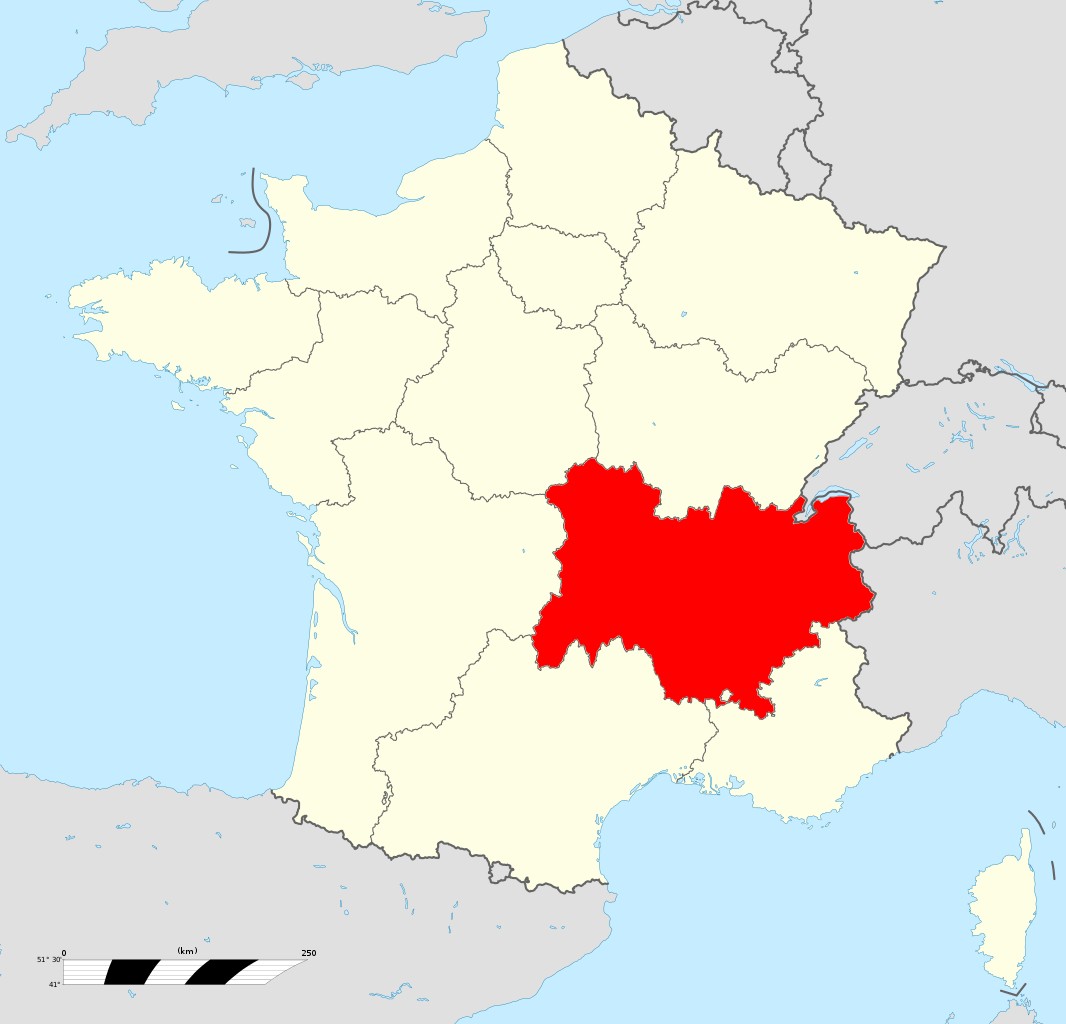
Auvergne-Rhone-Alps
Auvergne-Rhone-Alps Travel Guide.
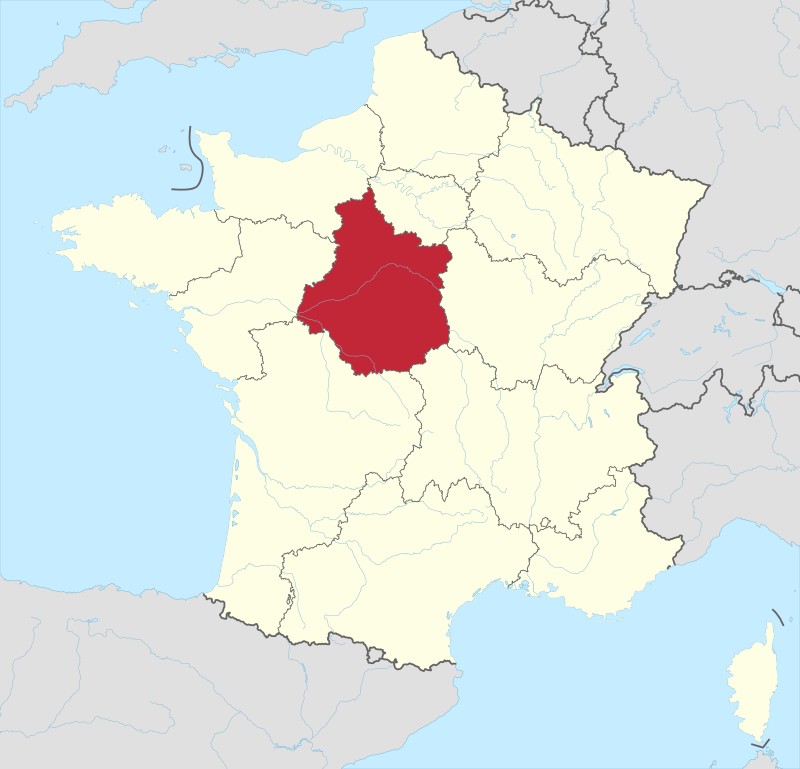
Centre Val De Loire
Centre-Val-de-Loire Travel Guide.
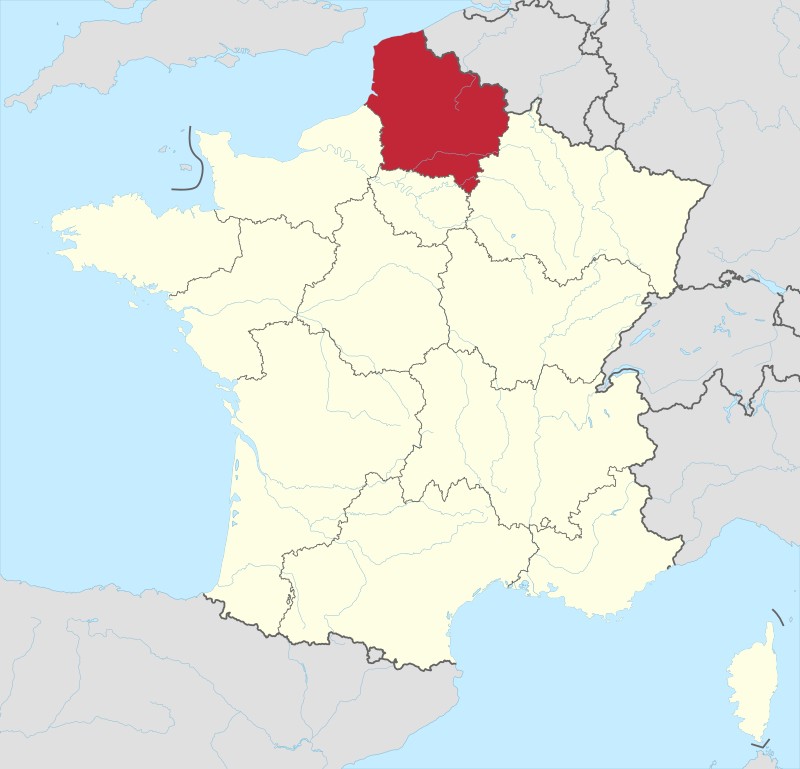
Haute – de – France
Haute-de-France Travel Guide.
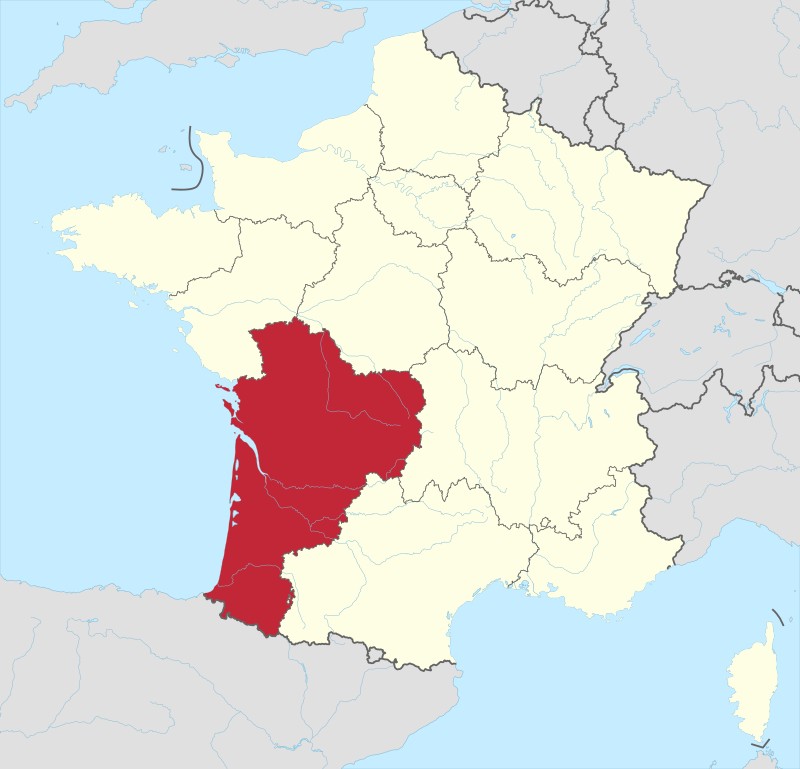
Nouvelle – Aquitaine
Nouvelle – Aquitaine Travel Guide.

Provence-Alps_Cote D'Azur
Provence Travel Guide.
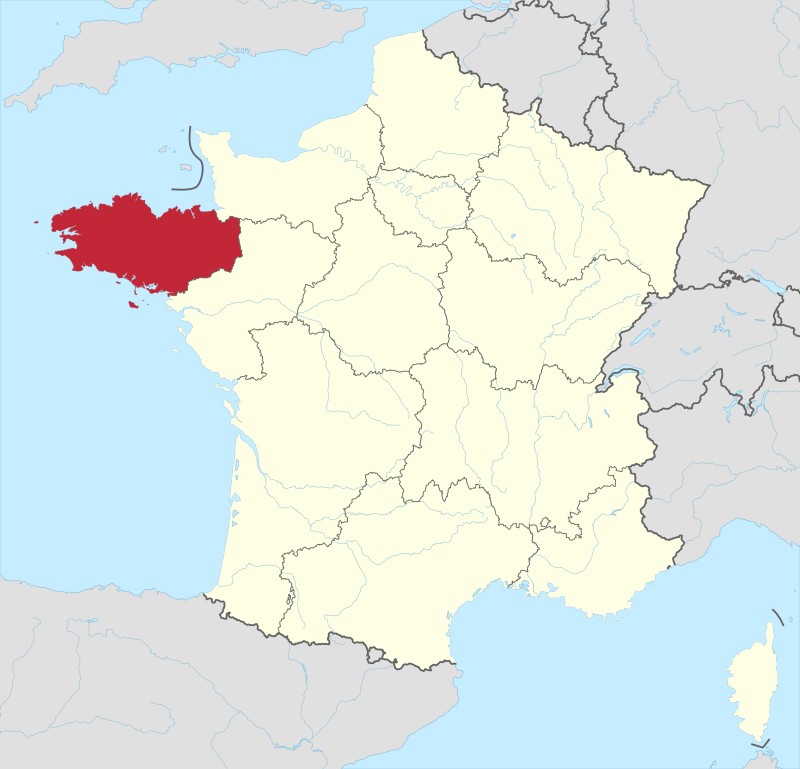
Brittany
Brittany (Bretagne) Travel Guide.
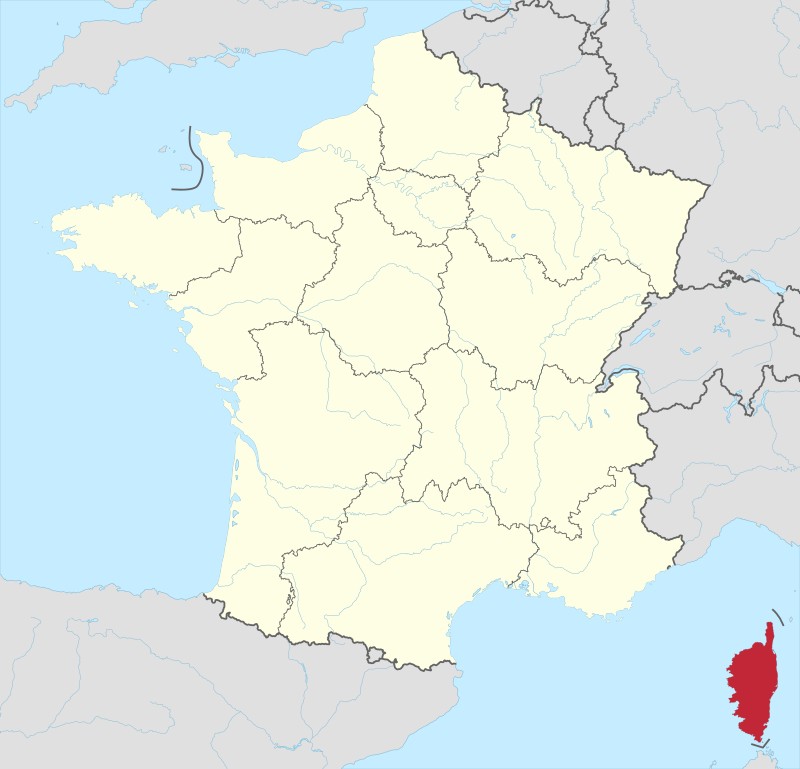
Corsica
Corsica Travel Guide.
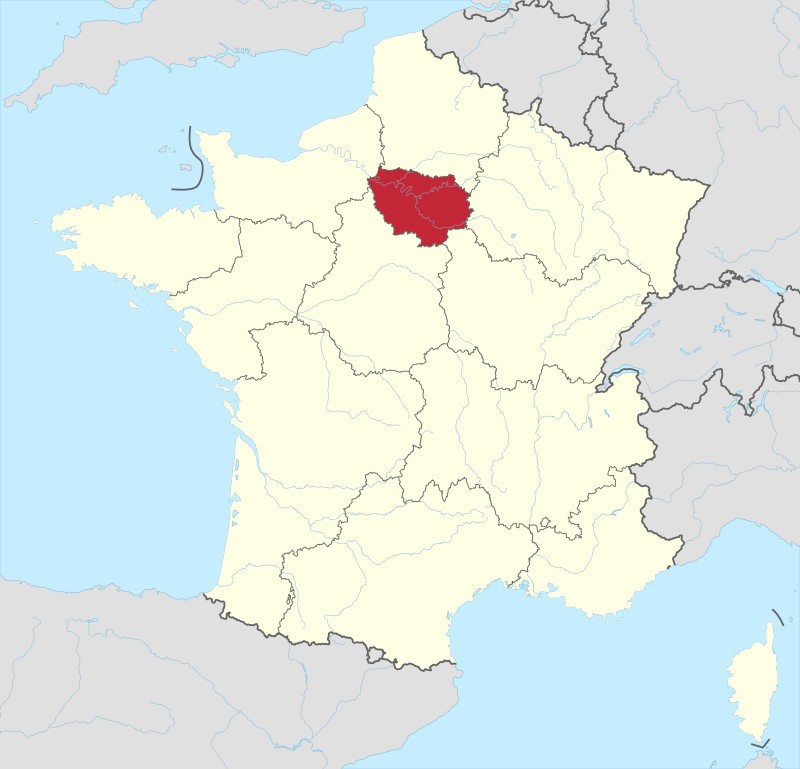
Ile – de – France
Ile – de – France Travel Guide.

Occitane
Occitane Travel Guide.

Bourgogne-Franche-Comté
Bourgogne-Franche-Comté Travel Guide.
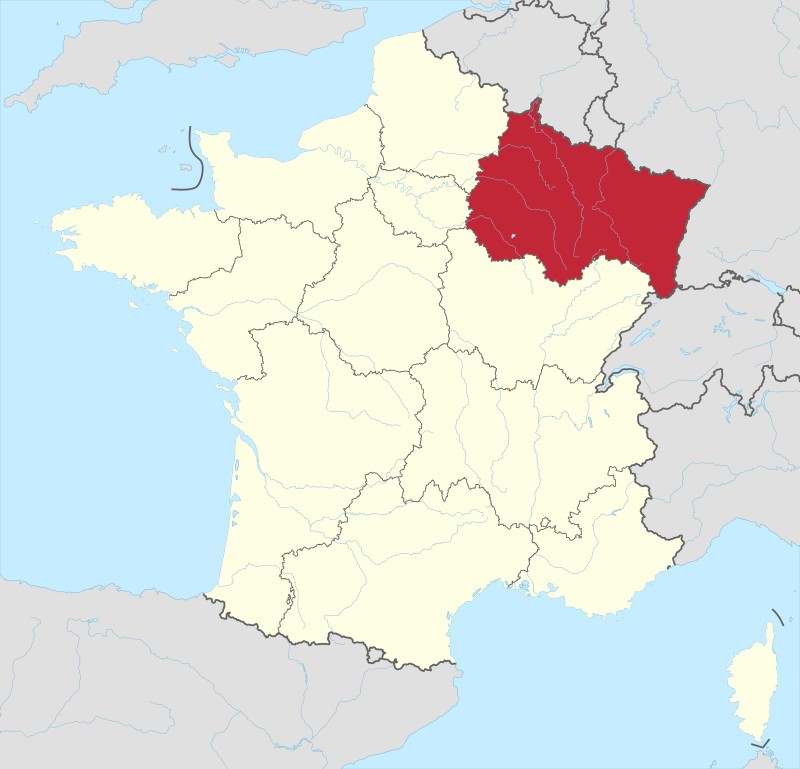
Grand Est
Grand-Est Travel Guide.
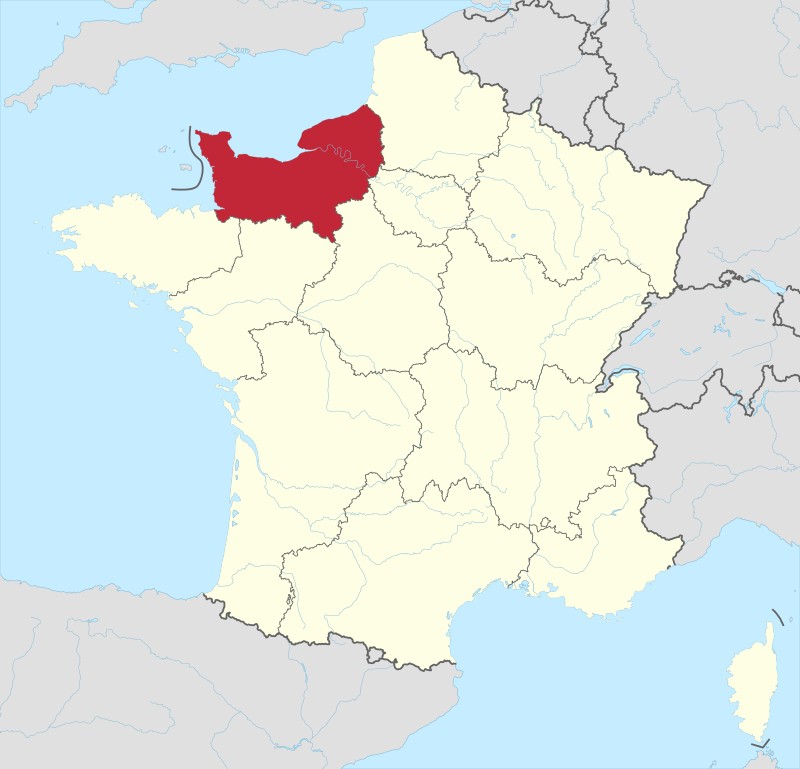
Normandy
Normandy Travel Guide.

Pays-de-la-Loire
Pays-de-la-Loire Travel Guide.

